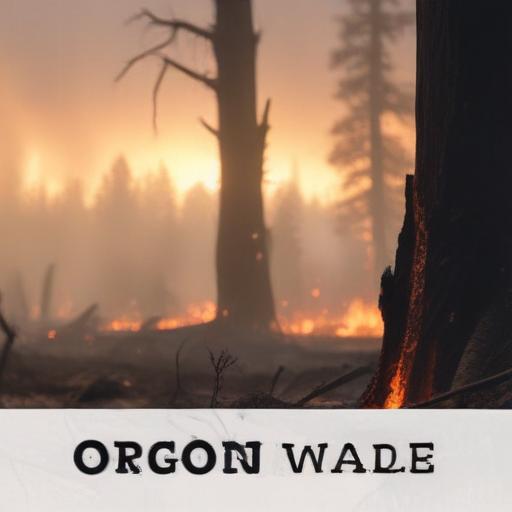Nineteen of the 30 large fires currently burning in the Pacific Northwest are located in Oregon, with the Cram Fire being the largest, having expanded to over 94,000 acres as of Friday. This year, a total of 21 large fires have been recorded in the state. As outlined by the Northwest Interagency Coordination Center (NWCC), a large fire is defined as one affecting more than 100 acres of timber or 300 acres of grass or brush.
Since May 25, large fires in Oregon have burned an estimated 130,341 acres, with the financial toll amounting to about $65.6 million. Notably, human activities have been linked to seven major fires, including the Rowena, Elk, and Cram fires, which collectively have an estimated cost of $28.1 million. In contrast, seven fires were sparked by lightning, while investigations are ongoing into the causes of the remaining seven.
The Oregon Department of Forestry (ODF) indicates that 4,295 acres of land under their protection have been impacted this year, a significant reduction compared to the 85,000 acres burned by the same time in 2024. ODF representative Jessica Neujahr praised the agency’s firefighting efforts, stating that their goal is to contain fires to 10 acres or less.
The agency has thus far incurred $40 million in wildfire-related expenses, with a net cost of $20 million. State or federal reimbursement will cover the remaining $24 million. In response to the unprecedented wildfire challenges, Governor Tina Kotek called for a special session in 2024, resulting in $218 million allocated for the ODF and the Oregon State Fire Marshal (OSFM) to manage wildfire costs.
Kotek also declared a state of emergency recently, empowering all state agencies to aid in wildfire response and possibly mobilizing the National Guard. “Oregon is already experiencing a devastating wildfire season that will have lasting consequences,” stated Kotek, emphasizing the need for continued preparedness with the summer’s hotter and drier conditions. Additionally, a bill that is expected to generate around $43 million biannually for wildfire mitigation and prevention is awaiting the Governor’s signature.
Oregon’s ongoing efforts focus on improving transparency regarding wildfire spending, maintaining communication with stakeholders to avoid financial surprises after the firefighting season ends. As Oregon confronts the realities of wildfire threats, the commitment to both immediate action and long-term prevention strategies gives hope for better management and outcomes in the future.
